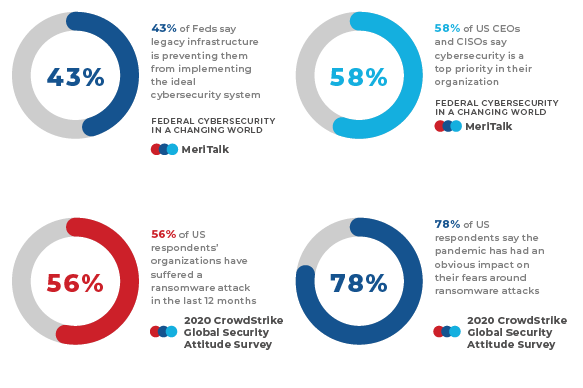[vc_row][vc_column][vc_column_text]Raging alongside the coronavirus pandemic that has threatened our lives globally has been another scourge, ongoing, threatening our well-being globally and costing us dearly, but with no vaccine. There’s no doubt we’ve been occupied societally with a life-or-death virus, and we’ve had to leave this tech plague – cybercrime – mainly to IT specialists, but increasingly, we will each (individuals) have to adopt (and re-adopt) new codes of conduct and digital hygiene.
Covid is essentially a natural disaster. In contrast, the theft of data and the disruption of servers and networks is the work of intentional, malicious hackers, out mainly for handsome ransom money, and in some cases, political muscle-flexing and nation-state interference.
In our digital world, a landscape covered with interconnected, vulnerable computer devices (the Internet of Things), there is little safe quarter. The ‘threat surface’ is vast.
A recent McAfee report estimates that cybercrime in 2019 had already cost the world over one trillion dollars (“more than 1 percent of the global GDP”). And an assessment by Steve Morgan of CyberVentures, anticipates that financial damage from cybercrime by 2025 could reach a mindboggling 10.5 trillion dollars – resulting in “the greatest transfer of wealth in history.”
The damage inflicted on the infrastructure of businesses, institutions, government entities, and others is not only reckoned in brute loss of funds (the extorted money paid out, lost sales revenue, expenses incurred in downtime) but as gravely in the loss of proprietary and sensitive data and intellectual property. The damage to the reputation of a stricken enterprise, and the loss of the public or consumer trust are incalculable.
Cybersecurity and preparedness are dire priorities and must be basic considerations for all businesses and organizations. To reiterate a clichéd fact, it’s not a matter of if, but when before your data is threatened (small or large scale, personal bank account or coastal gas-pipeline’s server).
A multifaceted industry of specialists – including Sterling, its partners, manufacturers, engineers, consultants, academics — armed with multilayered solutions (no one-shot fix ) has emerged to help mitigate the risks; detect and thwart data-breaches and cyberattacks in the first place via Incident Response Planning; defend the data, once compromised; limit the ‘dwell time’ (the amount of exposure to hackers); then mitigate the damage and speed the recovery, retrieving data if at all possible.
It’s only a matter of time before the cyber-term “zero trust” enters our non-digital daily vocabularies, as we learn to be technically evasive and not to trust (doubting the authenticity of every incoming communique, every device share, every hookup, every app-quisition, the entire Internet, etc.) and increase our verified-access requests, use-identification gauntlets, and invest in sophisticated new cyber-solutions like ‘mini-quarantining’ container software.
The more distributed our workforce, the more dependent we are on mobile devices and on the work from anywhere paradigm. We find ourselves ‘living in the cloud/s,’ (hybrid- or multi-), and backing up our data in cloud-native applications. But we must also prepare to know the drill by being able to respond to the worse-case scenarios. By investing in technology and expertise we are more likely to thrive in this new age of data optimization. While we will never achieve herd immunity to cyberattacks, we can become less attractive hosts with diligent cyber-hygiene.
Contact Sterling to help bolster your defenses and optimize your cyber-hygiene. Sterling can assist with technology updates and advancements, discovery calls, security workshops, and security assessments.[/vc_column_text][vc_empty_space][vc_custom_heading text=”The Impact of Cybercrime” font_container=”tag:h2|text_align:center|color:%23c82026″][vc_column_text]
A STATISTICAL SNAPSHOT OF THE LAST YEAR IN CYBERSECURITY ATTACKS, PREPAREDNESS, AND MITIGATION EFFORTS
Cyberattacks have been increasing at an exponential rate from 2020 to 2021, which means proactive preparedness, risk- mitigation, incident-response plans, and a Zero-Trust cybersecurity resiliency model must all be in place. Don’t be a statistic of the ransomware trap and of cyber breach. Assess your cybersecurity preparedness here and then watch the Sterling Cybersecurity Webinar Series.
Download the complete statistical infographic below.
[/vc_column_text][vc_single_image image=”12487″ img_size=”full” alignment=”center” onclick=”custom_link” img_link_target=”_blank” link=”https://sterling.com/Ransomware-Infographic.pdf”][/vc_column][/vc_row]

